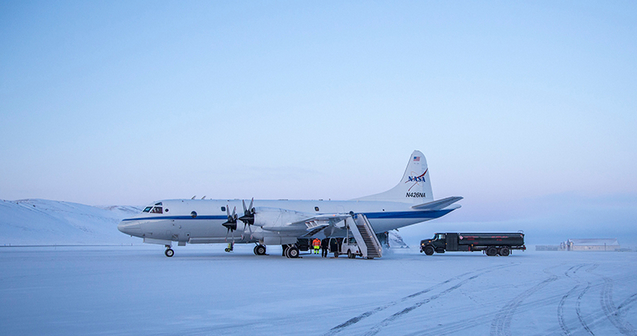Greenhouse gas emission cuts must be at least 20 per cent deeper than pledged under the Paris climate accord or the world will have to begin the costly direct removal of atmospheric carbon to avoid dangerous climate change, a new study argues.
The Germany-based researchers examined the action needed if nations failed to deliver greater carbon curbs by 2030 but still kept global warming to under 2 degrees, compared with pre-industrial levels.
"Each tonne of CO2 we don't emit, we don't have to remove from the atmosphere afterwards in an expensive and strenuous way," said Jessica Strefler from the Potsdam Institute for Climate Impact Research and the lead author of the paper published on Thursday in Environmental Research Letters.
 |
| Emissions impossible? Delays in cutting emissions make it more likely that carbon will have to be directly captured if dangerous climate change is to be avoided. |
Such carbon removal - whether by reafforestation ($31 per tonne) or direct air capture ($652 per tonne) - would be costly. "One way of paying for these technologies is imposing a price on carbon emissions and using these revenues to pay for carbon dioxide removal," Dr Strefler told Fairfax Media.
Strengthened Paris goals - known as nationally determined contributions (NDCs) - could preclude the need for carbon extraction but only if they were sharply increased.
"We would have to roughly halve 2030 emissions compared to current pledges, and halve them again every decade until 2050," Dr Strefler said. "If we do not strengthen the NDCs significantly, CO2 reduction will be necessary to achieve the 2-degree target."
The projections underscore the challenges nations will face when delegates gather in Katowice, Poland, in December. Australia, which has pledged to cut 2005-level carbon emissions by 26-28 per cent by 2030, will be among the countries pressed to do more.
Evidence of climate change mounts, and includes the past four years recording "exceptionally warm" temperatures. Last year was the hottest year on record that was not an El Nino year, while the Arctic - the world's fastest-changing region - just completed its warmest winter.
 |
| IMAGE |
Pep Canadell, a research scientist with the CSIRO and executive director of the Global Carbon Project, said the German study used a simplified model that, if anything, underestimated the scale of the challenge.
For instance, it assumed a global carbon price of $US50 per tonne by 2020 for a cost-effective scenario - "something very far from our real world", Dr Canadell said.
"For every year we delay reaching peak emissions and decline, the harder and riskier it will get to avoid the worst impacts of climate change," he said.
"[It's] riskier because we will need to rely more on CO2 removal at scales well beyond what we can achieve from planting trees and producing ever more bioenergy."
An inter-generational ethical issue is rapidly emerging, "leaving the hard parts" for the next generation to take care of, such as the removal of atmospheric CO2, he said.
Preliminary data for 2017 shows emissions from fossil fuels and industry rose 1.5 per cent from a year earlier, resuming growth after stabilising for the first time in decades between 2014 and 2016, the World Meteorological Organisation said in its State of the Global Climate in 2017 report.
Links
- Rapid emissions reductions would keep CO2 removal and costs in check
- A half degree more global warming could flood out 5 million more people
- Glacier mass loss passes the point of no return, researchers report
- More sting jet storms likely due to global warming
- Turnbull knows better than to deny fire weather link to climate change













